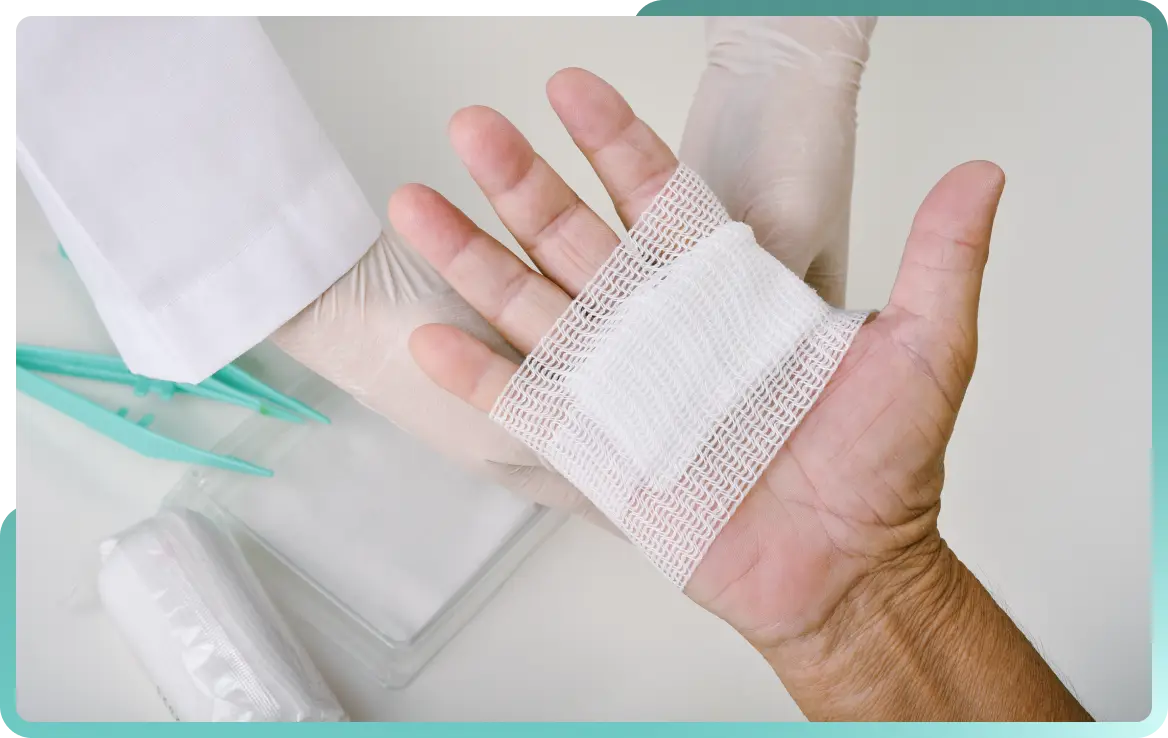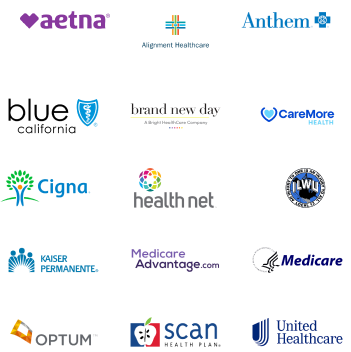Laceration (Cuts)

Overview
During an average person's life, it is common to encounter minor injuries such as scrapes, cuts, or lacerations. These are commonplace occurrences for individuals involved in physical activities or laborious tasks requiring manual object handling. Despite their commonality, a significant amount of clarity still needs to be clarified on the differences between cuts, lacerations, and abrasions.
What Is a Laceration?
A laceration is a particular type of wound that occurs when the skin, underlying tissue, and occasionally muscle tissue are torn or deeply incised. These types of injuries typically manifest as irregular and jagged in appearance. They usually result from contact with sharp objects, such as knives or shards of glass, or from a blunt force that causes the skin to tear.
While lacerations are prevalent in many scenarios, such as household accidents or sporting events, it's essential to understand their nature. Unlike superficial injuries, lacerations can penetrate deep into the skin layers, which may lead to complications if left untreated.
Difference Between Laceration and Cut?
Even though a laceration and a cut both represent injuries to the skin, they significantly differ in their nature and severity. A cut is generally a clean, straight wound often inflicted by a sharp edge, such as a blade, and typically doesn't extend deeply into the skin. Conversely, lacerations are usually more severe, as they are deeper and have ragged, irregular edges due to skin tearing. The healing process for lacerations also tends to be more complex, requiring meticulous wound care or even professional medical attention.
Difference Between Laceration and Abrasion?
Regarding lacerations and abrasions, the critical difference is the depth and cause of the injury. An abrasion typically occurs when the skin is scraped or rubbed off, causing a superficial wound on the skin's surface. On the other hand, lacerations are deep wounds resulting from the skin being cut or torn.
Symptoms
Lacerations are often identifiable by a variety of symptoms. The most common ones include immediate pain at the site of injury and bleeding. However, more severe lacerations can cause symptoms such as numbness or weakness, indicating potential nerve damage. In cases where a laceration is deep, extensive, or bleeding uncontrollably, it's crucial to seek immediate medical attention.
Diagnosis
Medical professionals typically diagnose a laceration by visually examining the wound. They may also ask about the injury's cause, the nature of the object that caused it, and your tetanus vaccination status to help determine the most effective treatment method.
Treatment
The severity of the wound often dictates the treatment process for lacerations. Minor lacerations can be treated at home, but more severe injuries require professional medical attention.
How Do You Clean a Laceration?
The process of cleaning a laceration involves several essential steps. Initially, it's critical to wash your hands thoroughly to prevent infection. Then, gently clean the wound with mild soap and warm water. This process helps to remove any dirt or debris that may have gotten into the wound and could potentially cause infection. Once clean, pat the wound dry with a clean cloth or bandage. Following this, an antibiotic ointment should be applied to discourage bacterial growth, and a clean dressing or bandage should be used to cover the wound.
What is a Deep Laceration?
Deep lacerations are cuts that penetrate the skin, extending to the underlying tissues and often causing damage to blood vessels, nerves, or even bones. These types of wounds typically necessitate immediate professional medical intervention, as they might require sutures (stitches) or other medical treatment to promote proper healing and avoid complications.
How Does a Laceration Heal Without Stitches?
Whether a laceration requires stitches depends on its severity. Small, superficial lacerations can often heal independently with proper wound care. This typically involves regular cleaning, the application of an antibiotic ointment, and using a bandage. However, deep or extensive lacerations, particularly those longer than an inch, usually need stitches to control bleeding, prevent infection, and facilitate optimal healing.
Prevention
Preventing lacerations involves practicing safety precautions in environments with a risk of injury. Using protective equipment when necessary, handling sharp objects with care, and maintaining a clean, clutter-free environment can significantly reduce the likelihood of accidental injuries.
Although lacerations are common, understanding their nature, the differences between similar types of wounds, and their appropriate treatment and prevention methods are vital. It's important to remember that when in doubt about the severity of a laceration, one should always seek professional healthcare advice or assistance.
We’ve Got You Covered
Our goal is to provide urgent medical care to anyone in the area in their time of need at a cost that is right for them.
Insurance & Pricing
